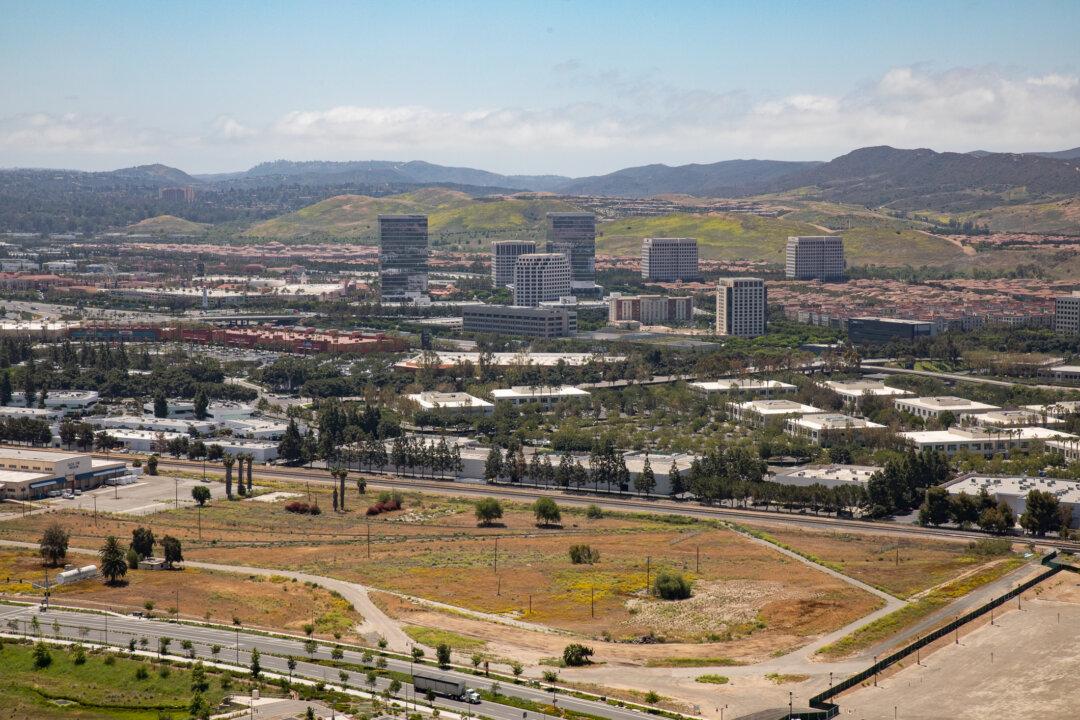The City of Irvine received its name from the Irvine family, who established the company that designed the city known today.
California was originally part of Mexico, and after the country gained its independence from Spain in 1821, land was given as grants to eligible citizens. Three large Mexican grants—Rancho Santiago de Santa Ana, Rancho San Joaquin, and Rancho Lomas de Santiago—were the foundational plots of land that would form Irvine.




